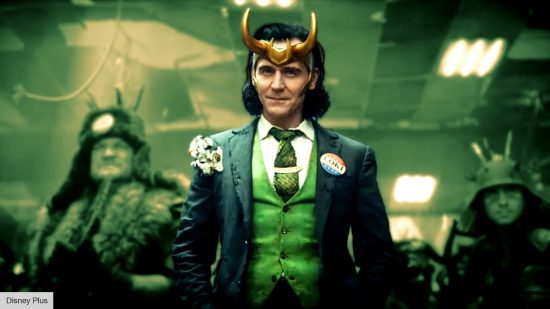Natalie Holt is a British film score composer who has been working on independent British films for some time, such as Journey’s End, Cordelia, Herself, and Kindred. She has recently been launched into the big-budget television arena – working on two high-profile Disney Plus shows.
Firstly, there was Marvel’s Loki starring Tom Hiddleston – with Holt’s synths perfectly complementing the 70-80s science-fiction feel of the Time Variance Authority. Loki feels influenced by Kubrick’s 2001: A Space Odyssey and Gilliam’s Brazil, and Holt’s music combined with the incredible production design to give Loki a distinctive look and sound. Loki is the only MCU Disney Plus show so far to be given a second season.
Holt was also invited to work alongside John Williams and William Ross on the score for Obi-Wan Kenobi, starring Ewan McGregor. Obviously, that’s a huge and intimidating task to be faced with – to go into the Star Wars universe that already has such iconic music, which everyone is familiar with. But she rose to the challenge and created her own distinct sound, while still paying homage to what had gone before. We met with Holt to discuss Loki, Obi-Wan and her new action movie The Princess.
The Digital Fix: The 70s feel of the TVA is so good, and your music fits so well with that – what were your influences, when you first started planning what the sound would be like?
Natalie Holt: Just so many – because obviously it encompasses such a huge universe. But, the TVA felt quite analogue, retro and 70s so I don’t know why, but I was thinking of A Clockwork Orange when I read the script.
The visuals of A Clockwork Orange and the Wendy Carlos score. Those synths that sound quite grainy, and grubby. I wanted everything to have a faded quality, with how I was mixing it and the instruments I was using.
Kate (Herron) and I both stumbled upon our joint love of the theremin. Because it’s like a 50s B-movie sound and I know a brilliant theremin player – Charlie Draper.
So once I got him on board, all these elements – like the Norwegian folk instruments – just came together. It does feel like there’s a prog-rock section, a jazz section – it feels like there’s so many different elements that I tried and they all seemed to work blended together.
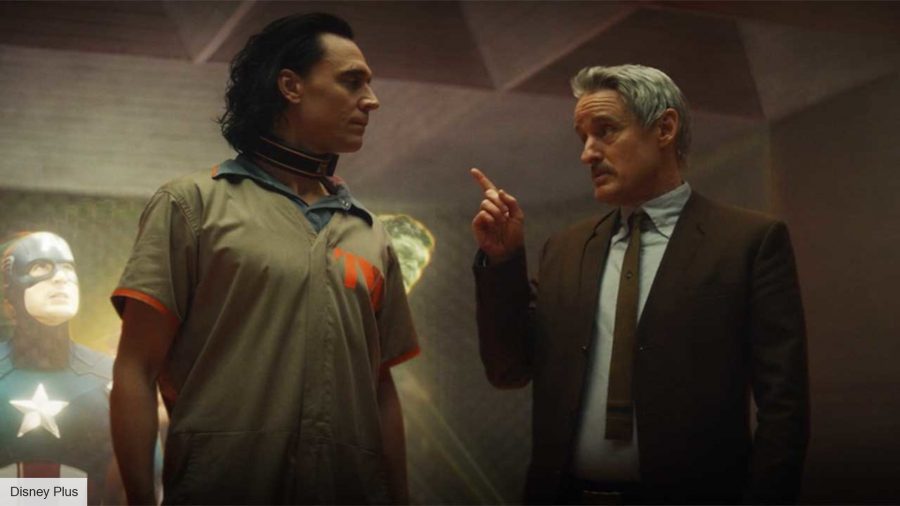
I wanted to ask you about the use of theremin in the track where Loki first sees the scale of the TVA – he looks out of the window with Mobius (Owen Wilson) and is awestruck.
I remember Kate saying, when she talked me through that scene, she said; “he looks out and sees this huge universe that he didn’t know existed.” He has a slight moment of the touch of God or something. He thought he was in charge, and then realizes that he’s a small speck.
But it shouldn’t be a crushing thing at this point, he’s still got his Loki swagger. He hasn’t been totally stripped down, as he is at the end of episode one, where he’s a bit crushed and broken. He still thinks he can figure this out.
I wanted it to be a special moment, where he stands and breathes in, and takes it all in. The theremin worked really well for that sort of soaring feeling.
Out of this world: Best science fiction movies
As well as all of the 70s sci-fi synths, you also came up with several epic-sounding tracks for some of the big action moments – how did you want to create a sense of awe and spectacle with the music in some of the action scenes in later episodes?
When I first met for the job, I think they were imagining that the score would be quite synthy, with not too many orchestral elements. But, as it went on, and I started working, the Loki theme was quite Wagnerian with lots of brass. I said; “I’m going to need lots of orchestra on this.” We started recording and I needed more and more time, it got bigger and bigger.
Those forces for those action set-pieces, particularly where classic Loki faces the monster in episode five, it’s a huge orchestra. It’s triple-tracked, with a massive brass section, a choir – so more is more (laughs).
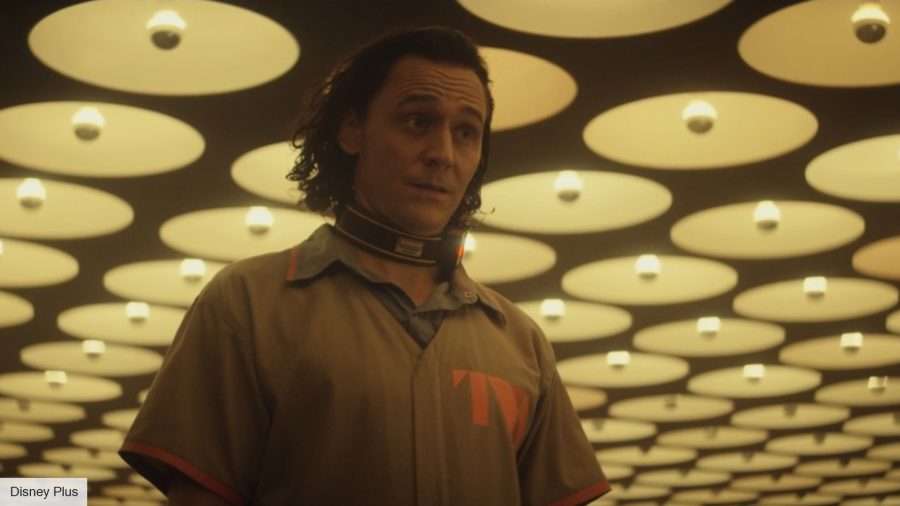
The whole Loki show is one of the best meetings of production design and score that I’ve seen in a very long time. Did you have all of the visual elements when you were first starting to work on it – I imagine that the VFX wasn’t finished – how much of the design were you aware of?
Well Kasra [Farahani, Production Designer] did quite a lot of amazing sets – so there was quite a lot there [when I started working on the music]. I love when Loki walks in and it’s got all those lights on the ceiling because Kate was saying you don’t usually see the ceiling in a shot.
You don’t usually put a ceiling on a set, and Kasra said; “no – I want ceilings on all these sets so you feel like he’s [trapped] in this space” and I think that made a huge difference. They had shot quite a bit of it, so I did get to see quite a few of Kasra’s designs when I was starting the suites.
Tunes! Best musicals
We all just said, when we met up for a panel recently, that we all feel very lucky to have been part of it. Everyone brought their best game, everybody really went for it. Autumn [Durald Arkapaw], the cinematographer – everyone did such a brilliant job. Kate Herron bringing it all together. It’s one of those ones that you look back on and think “I was lucky to be asked to do it.” It was a real joy to work on.
Moving onto Obi-Wan Kenobi – what initial conversations did you have with Deborah Chow and team about making Obi-Wan distinct from what had come before – and how much you would include familiar elements?
When I came on board, we weren’t sure whether we would be allowed to use any of the John Williams music. Deborah [Chow, director] said “I don’t want to start thinking we can use it and then not be able to use it” but also it wasn’t appropriate for her vision of Obi. In the first episode, he’s a very singular, lonely person in the desert.
She wanted to feel really connected to his isolation. So, we were wondering about using a piano, or just one instrument, and doing something really spare and minimal for him in episode one. Her idea was to take it somewhere more internal, more emotional and away from the standard Star Wars sound.
New stories: Best adventure movies
But then, once John Williams came on board after a month, and he wrote the Obi theme – he brought more of those orchestral elements in. He watched it through and allowed us to use his themes in episode six. That set the tentpoles for what the style and instruments and everything should be, once he came on board.
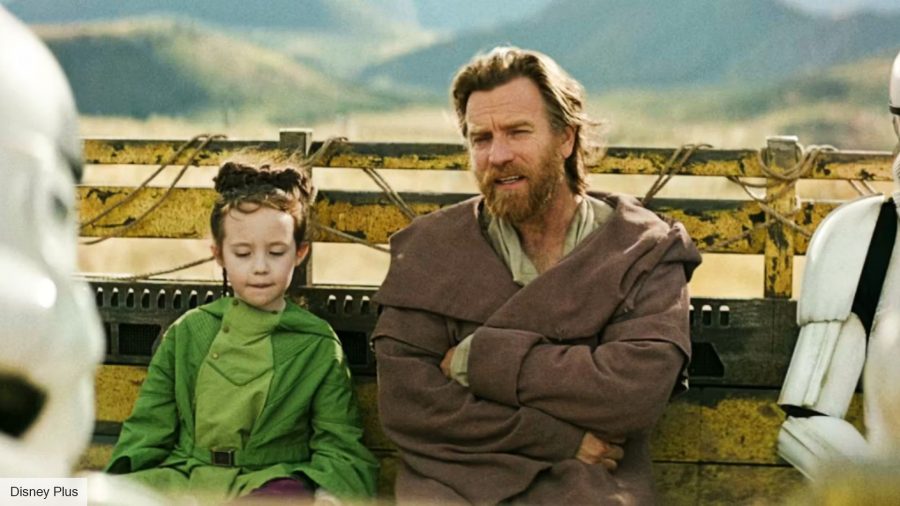
With Young Leia (Vivien Lyra Blair), you wrote a lovely light track for her character – how did that character speak to you and what did you want the track to convey?
It was really a hard balance because I wanted it to be connected to the Adult Leia theme, so I tried doing a solo flute and something a little more in the Star Wars world. It went up to Kathleen [Kennedy, President of LucasFilm] and came back again, and it was decided it was too “Disney princess.” They wanted her to feel really gutsy, and modern.
When she rushes out of the foliage, it’s a burst of energy and it’s quite grand as we pan over Alderaan. Fans have not seen Alderaan before, this is a deep-dive into the Organas. So, it grew from there and I took those notes on board and went for something that was youthful and energetic and quite big.
Choose the dark side: Star Wars movies, ranked
For the dark side, in the tracks that accompany Vader, the Stormtroopers, and the Empire – you do use more elements of the Williams’ Star Wars theme. How did you strike the balance of the old and new in representing the dark side?
Yeah you’re right – in the background of ‘Sensing Vader’ is the rhythm from the Imperial March, when it builds up. But it’s dark and visceral – Deborah said she wanted to feel his rage and anger and he’s not in control of it at all, he’s in his prime and he’s on a killing spree – I wanted it to be so dark and psychological. It just uses the low end of the orchestra – a slowed-down double bass – you can hear the dragging of the bow over the strings.
There’s a drone flute and a hunting horn as well – because he is on a hunt, so that felt appropriate. The stormtroopers, I definitely felt like I wanna go a bit more towards John [Williams] with those.
With something like the snare drum, it helped it feel quite militaristic as well, and defined from Vader, and from the Inquisitors. So, yeah you’re right, I’m glad you thought that sounded a little more familiar – that’s what I was going for.
In the final episode of Obi-Wan, there’s the piece you wrote for the Tatooine desert chase, with Reva (Moses Ingram) chasing Luke. This is intercut with the final lightsaber battle between Obi-Wan and Anakin/Vader, which someone else (William Ross) scored. Were you just focused on your scene, or were you aware of what it would be intercut with?
That’s how it worked with John Williams and Bill [Ross] – they don’t really do demos, so you don’t get to hear what they’re doing until they’re recording it. Deborah didn’t either, she got to give some notes, but she didn’t get to hear it or respond.
Back in time: Best time travel movies
I asked Bill what key he was going to be in for this scene, so I knew that. He did program a few demos and send written scores – so that’s kind of enough to know what someone’s doing.
But yeah, it was not that connected to be honest. In episode one, I didn’t hear the John Williams/Bill Ross themes until after I’d recorded the first episode and watched it through. But it’s amazing, because it sounds like it all links together and flows. They even recorded in a different studio – it’s like there were two elements going on there.
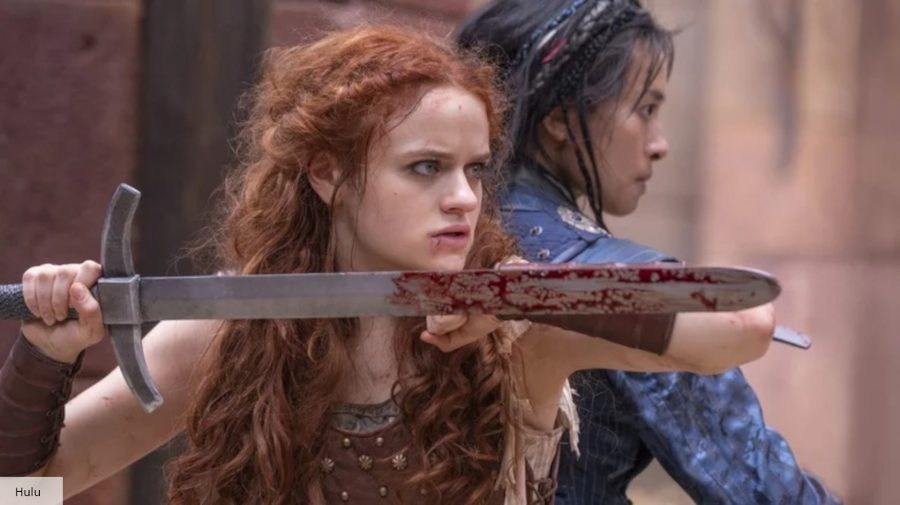
The Princess (released on Hulu on July 1, starring Joey King) is something else you worked on – how did you get involved with it, and how was it scoring those intense action scenes?
I met Kiet (the director) last summer and I saw the movie that he did called Furie, he’s a Vietnamese director. I just thought the way he shot action was quite stylised. I spoke to him about my idea for the score which did change quite a lot – which combined pacing, electric guitars, a big, full orchestra recorded at AIR studios, double drums, stereo drumkits, and loads of percussion.
Royal gals: Disney princesses ranked
Then we recorded a viol consort, a theorbo (a type of lute), and medieval bagpipes. The use of medieval instruments, but played in quite a punky way, seemed to go quite well with the score.
It was interesting to play around with those different forces, and very different from anything I’ve worked on before. I’ve always loved getting to explore slightly unusual instruments and blending those together. It was a fun challenge.
